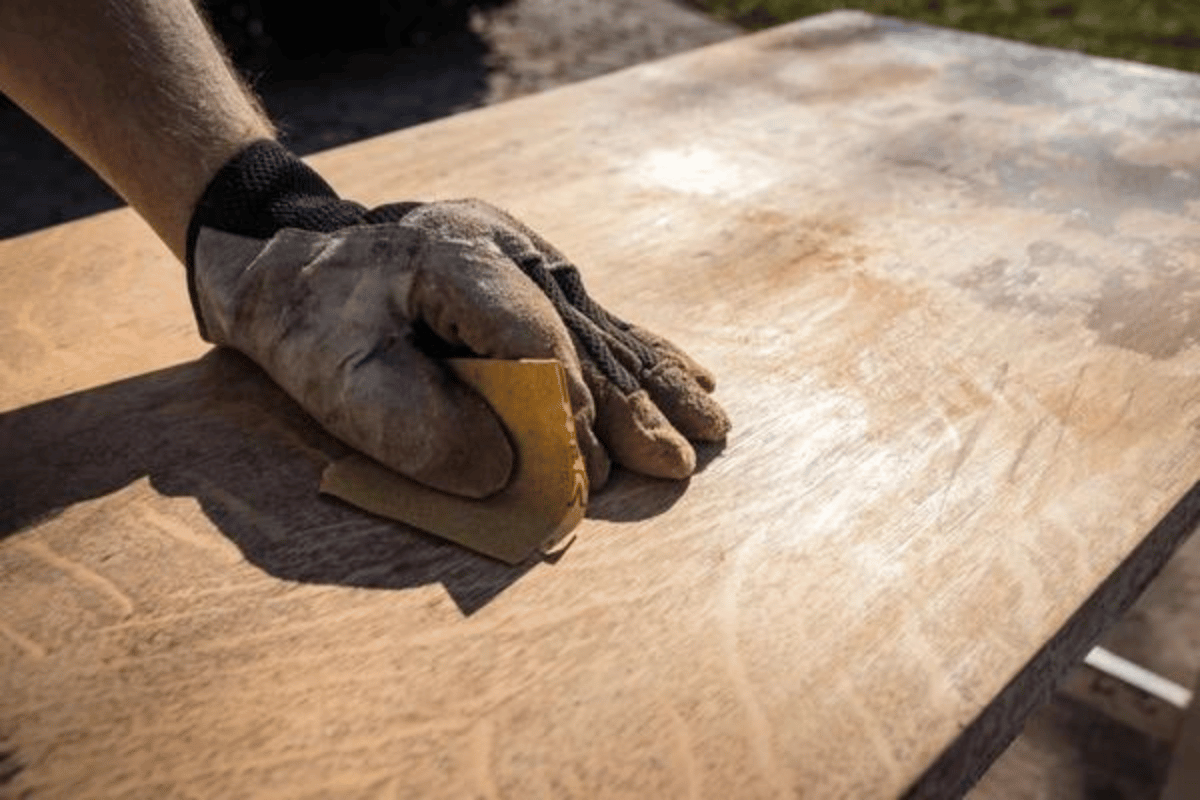A Guide to Different Types of Wood Stains
Posted by Donovan Thornhill on May 21st 2024
Applying a high-quality wood stain to your cabinet doors is a great way to enhance the aesthetic and the natural wood grain. Some can also help prevent wood rot and extend the longevity of your investment. If you've recently purchased unfinished cabinet doors and want to apply a wood stain, there are a few different wood stains to consider.
In this guide, we'll explain the different wood stain types so you can choose the best option for your next project. Here's everything you need to know about wood stains and finishes.
Water-Based Wood Stains
Water-based wood stains are primarily made with water. They dry quicker and emit fewer fumes. However, they aren't designed to penetrate as deeply as other wood stains. This wood stain type is ideal for anyone wanting an eco-friendly and efficient option. But it will likely not provide the deep and vibrant results you desire.
Pros
- Cost-effective
- Dries quickly
- Easy to use
Cons
- Does not penetrate deeply
- Easily damaged by sunlight
- Not as durable
Oil-Based Wood Stains
Oil-based stains are primarily made of oil. They are typically made with ingredients like petroleum distillates, which have a strong odor. This wood staining type is more likely to penetrate the wood pores deeper and more efficiently than water-based stains. However, it could take around 48 hours for it to dry completely.
Pros
- Great for rich, vibrant finishes
- Higher durability
- Lasts longer
Cons:
- Not eco-friendly
- Long drying time
- Strong odor
Gel Wood Stains
Gel wood stains are thicker stains that you can use directly on your cabinet door wood. You would apply a gel stain, layer by layer, similar to how you would paint. You can continue adding layers of this wood staining type until you get the desired look you're trying to achieve. However, this means that applying this wood stain type can be time-consuming.
Pros
- A thicker stain that doesn't run easily
- Great for beginners
- Consistent finish
Cons
- Not ideal for highlighting the wood grain pattern
- Require additional coats and downtime
Varnish vs. Wood Stain
Think of a varnish as a protective barrier. A varnish is typically transparent and designed to be applied over the wood to prevent general wear and tear. There are also various finishes like satin, matte, and gloss.
A wood stain is designed to enhance the natural color or grain pattern. Many homeowners apply a wood stain and a varnish to their unfinished cabinet doors. To do this, you would first apply the wood stain. Once the stain is dry, you'll go over it with a clear varnish to complete the project.
Natural vs. Synthetic Wood Stains
Synthetic wood stains are primarily made of artificial chemicals. The chemicals used in these stains can vary from brand to brand, and some can be harmful.
Natural wood stains are a more eco-friendly alternative. They are made with natural materials like water and minerals. When comparing the two, you'll want to consider your personal preferences and the environmental impact. Buying wood stains and finishes from a reputable source is a great way to ensure you find an option that aligns with your preferences and helps you achieve your desired finish.
Tools Needed to Stain Cabinet Doors

Once you decide on the type of interior wood stain you want to use, you'll need to prepare for the project. Here's a list of tools to have close by:
- Painters Tape
- Foam brush
- Natural bristle brush
- Microfiber cloth
- Gloves
- Sandpaper
Preparing Your Cabinet Doors
Before applying the stain, you'll want to ensure your wood is prepared. The best way to do this is to sand it down until it's nice and even. Once sanded, you'll want to clean off the wood to ensure no leftover dust or debris. Then, you can go ahead and apply the wood stain.
Invest in Unfinished Cabinet Doors Today
No matter which wood stain type you choose, you must invest in high-end unfinished cabinet doors for your project. At CabinetDoors.com, we offer a wide range of styles and materials. All of our cabinet doors are custom-made and made to order. Once your new unfinished cabinet doors arrive, you can apply your desired wood stains and finishes.
Shop our unfinished cabinet doors today to get started!
Remember also to explore our unfinished drawer fronts, hinges, and hardware to complete the look of your project.
What are the easiest woods to stain?
Oak, hickory, and ash are the best woods to stain. These wood species are much more porous, so getting a consistent finish is easier.
What are the hardest woods to stain?
Wood species like pine, cherry, and maple can be more challenging to stain. However, since these species already have a prominent grain pattern and color, you'll likely only need to apply a clear varnish to achieve your desired look.
How long does it take for a wood stain to dry?
This will depend on the type of wood stain you use and how many layers you need to apply. The project can take 10 to 72 hours in total.
How long do you let the stain sit for?
The longer you leave the stain on, the darker it will become. If you want a lighter finish, you'll want to wipe it off immediately after applying it. Once you decide on the type of wood stain you want for the project, follow the instructions to achieve the desired look.
How to choose the right wood stain?
When exploring the different types of wood stains, consider your wood species, budget, and desired finish. If you want a more eco-friendly and low-cost alternative, a water-based stain might be better suited for your project. While if you're looking for something more visually appealing, an oil-based stain may be more suitable. Weighing the pros and cons of each wood stain type will help you find a suitable option that aligns with the needs of your upcoming project.



